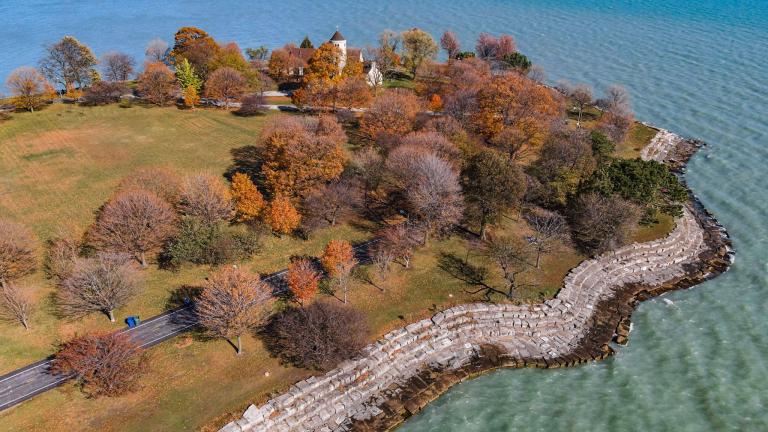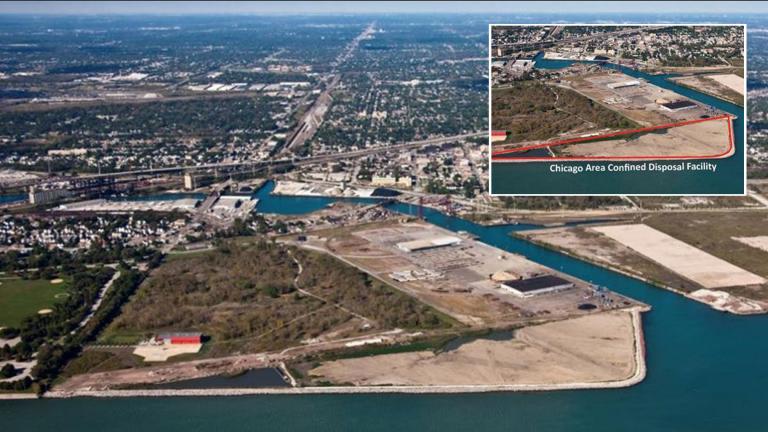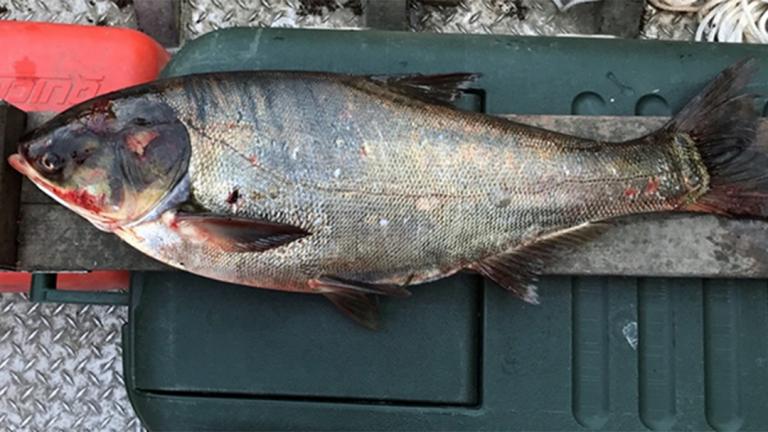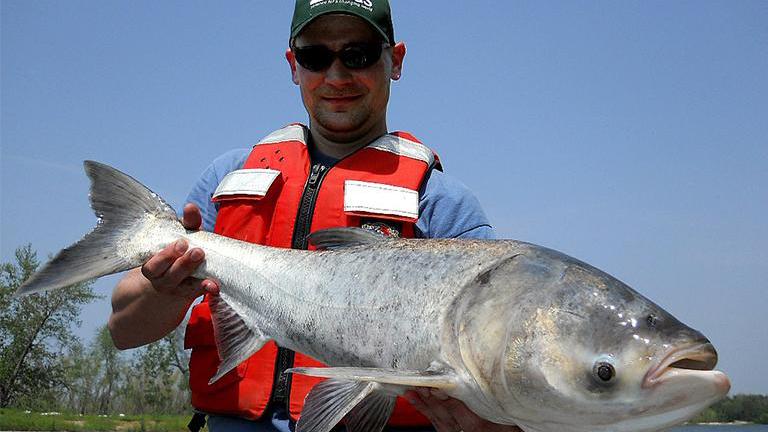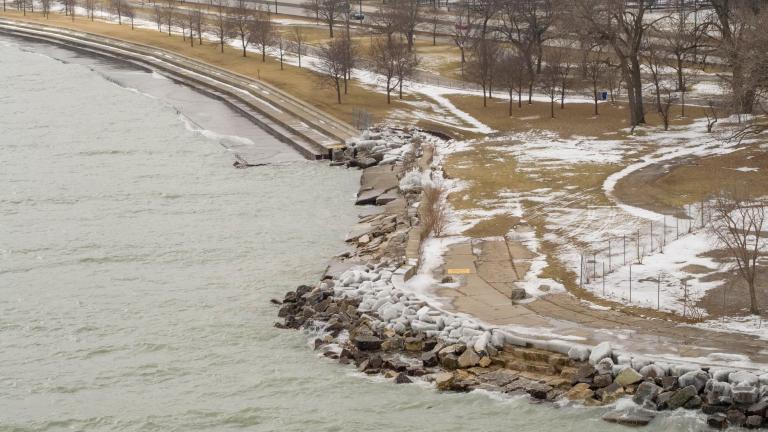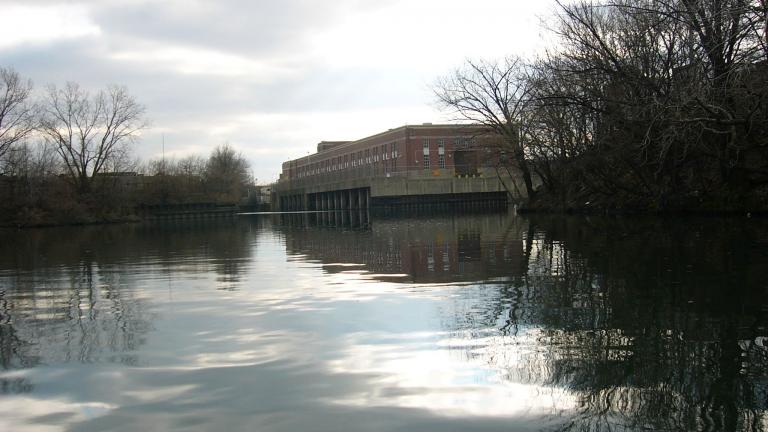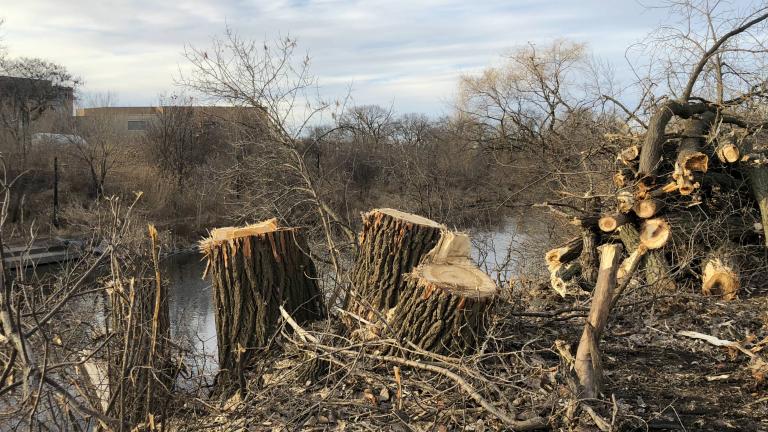An independent engineering study has concluded Promontory Point’s limestone blocks are still functioning as ample shoreline protection, which refutes a longstanding position held by the Army Corps of Engineers.
Army Corps of Engineers
The Army Corps of Engineers’ plan to build a 25-foot-tall “toxic tower” on Lake Michigan has hit a speed bump.
Opponents of a toxic sludge landfill on Lake Michigan have filed a lawsuit to stop a plan by the U.S Army Corps of Engineers to expand the dump by 25 vertical feet.
Bid To Landmark Promontory Point Has To Clear the Park District First. Should Supporters Be Worried?
The Commission on Chicago Landmarks has given Promontory Point preliminary landmark status. But the Park District board needs to consent to the designation as the next step in the process.
A federal evaluation of Chicago’s shoreline by the U.S. Army Corps of Engineers will no longer include Promontory Point — because the Point is getting a review all its own.
The road to city landmark status for Promontory Point starts at Thursday’s meeting of the Commission on Chicago Landmarks. Supporters have been fighting to protect the lakefront peninsula for more than 20 years.
Officials say the invasive carp’s presence does not necessarily mean there is a reproducing population of the species in the area, which is located above electric dispersal barriers. The fish captured Thursday was more than 38 inches long and weighed about 22 pounds.
Friends of the Parks is re-starting the conversation surrounding the gaps in Chicago’s lakefront park system and what those four miles could mean for shoreline protection, promoting biodiversity and delivering green space to areas where it’s in short supply.
The U.S. Army Corps of Engineers is flush with billions of dollars following passage of the bipartisan infrastructure bill. Some of those funds are being funneled toward critical projects in the Chicago region, the Corps announced Wednesday.
Environmentalists Vow to Keep Fighting
A 20-year extension of the dump, operated by the Army Corps of Engineers to hold toxic sludge dredged from Lake Michigan, is still under review. The dump was supposed to be retired in 2022 and turned over to the Chicago Park District for redevelopment.
The repair, expected to take six weeks, will consist of piling 1,500 tons of rocks along the shoreline and building a concrete wall to guard against further erosion.
Congress authorized a plan from the Army Corps of Engineers to restore the Chicago River’s South Fork, a 1.25-mile stretch more familiarly known as Bubbly Creek. Now actual dollars need to follow.
When it comes to keeping Asian carp out of the Great Lakes, Illinois is the last line of defense, but the state’s not alone in the battle. Michigan will transfer up to $8 million to Illinois via an intergovernmental agreement as part of an effort to keep Asian carp at bay.
Community organizers on Chicago’s Southeast Side are marshaling their forces and looking for solutions to address what they see as yet another environmental threat to their already beleaguered neighborhood.
Efforts to increase demand for Asian carp as a food are aimed at buying time for development of a long-term solution to the threat posed by the invasive fish.
The east bank of the North Shore Channel has been stripped of foliage between Foster and Bryn Mawr avenues, to be replaced with native species. Neighbors say the project has laid bare “eyesores” on the opposite bank.

